microgravity experiment on dust environments in astrophysics (MEDEA)
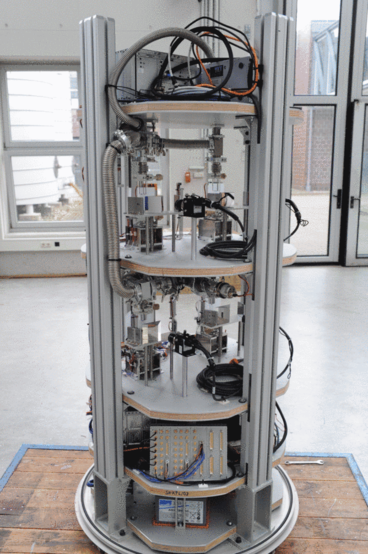
research area: astrophysics
experiment title:
Microgravity Experiment on Dust Environments in Astrophysics
experiment acronym: MEDEA
funding agency: DLR
grant number: 50WM1536 / 50WM0936 (2009 - 2014)
performing organization:
Institut für Geophysik und extraterrestrische Physik, TU Braunschweig
prime investigator: Prof. Dr. Jürgen Blum
experiment objective
abstract
The evolutionary tracks of protoplanetary dust aggregates from μm-sized dust to cm-sized pebbles lead through a parameter space that has not yet been covered by experiments (Güttler et al. 2010, Zsom et al. 2010). Drop tower experiments can provide a reasonable part of the parameter space forseen for a suborbital flight. Additionally the experimental conditions in the drop tower are less constrained and the micro gravity level is better defined as well. Multiple collisions among free-flying particles (e.g. dust aggregates) with velocities <0.01 m/s are impossible to perform in the laboratory due to the overwhelming effect of gravitational acceleration. We will perform multiple-collision experiments in a dense (but optically thin) ensemble of mm-sized dust agglomerates. To sticking of the particles to the experiment walls, the sample container will be mechanically excited so that those collisions are bouncing ones. Based on dust-aggregate collision experiments in the laboratory at velocities ~1 m/s we expect the temporal evolution of the particle velocities to depend mainly on the number density. We envisage the following parameters: aggregate radiusr= 1 mm, number density of dust aggregatesn= 107m-3, and initial velocityv0~ 0.1 m/s, and we will reach the desired range of collision velocities within ~1 s after injection. We expect to extend our knowledge on the collisional evolution of protoplanetary dust aggregates down to collision velocities <1 mm/s. The collisional evolution of the dust aggregates (i.e. their individual sizes and velocities) will be followed over time using high-speed video imaging. The data gained in this flight will be directly applicable to dust-evolution models in protoplanetary disks.
related publications
- Weidling, R., Güttler, C., Blum, J., 2012. Free collisions in a microgravity many-particle experiment. I. Dust aggregate sticking at low velocities. Icarus 218, 688–700.
- Beitz, E., Güttler, C., Weidling, R., Blum, J., 2012. Free collisions in a microgravity many-particle experiment – II: The collision dynamics of dust-coated chondrules. Icarus 218, 701–706.
- Metzler, K., Bischo , A., Stöffer, D., 1992. Accretionary dust mantles in CM chondrites - Evidence for solar nebula processes. Geochimica Cosmochimica Acta 56, 2873–2897.
- Metzler,K. 2012. Meteoritics & Planetary Science, 47, pp. 2193-2217.
- E. Beitz, C. Güttler, R. Weidling, J. Blum, Free collisions in a microgravity many-particle experiment. II. The collision dynamics of dust-coated chondrules, Icarus, eingereicht 2011 (arXiv:1105.3897).
- Zsom, A; Ormel, C. W.; Dullemond, C.P.; Henning, T., the outcome of protoplanetary dust growth: pebbles, boulders or planetesimals. III Sedimentation driven coagulation inside the snowline, A&A 534, A73, 2011
experimental setup
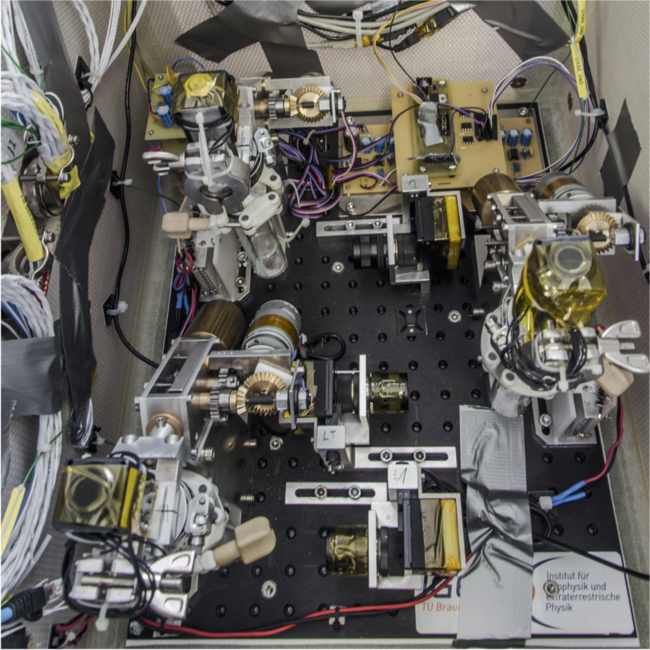
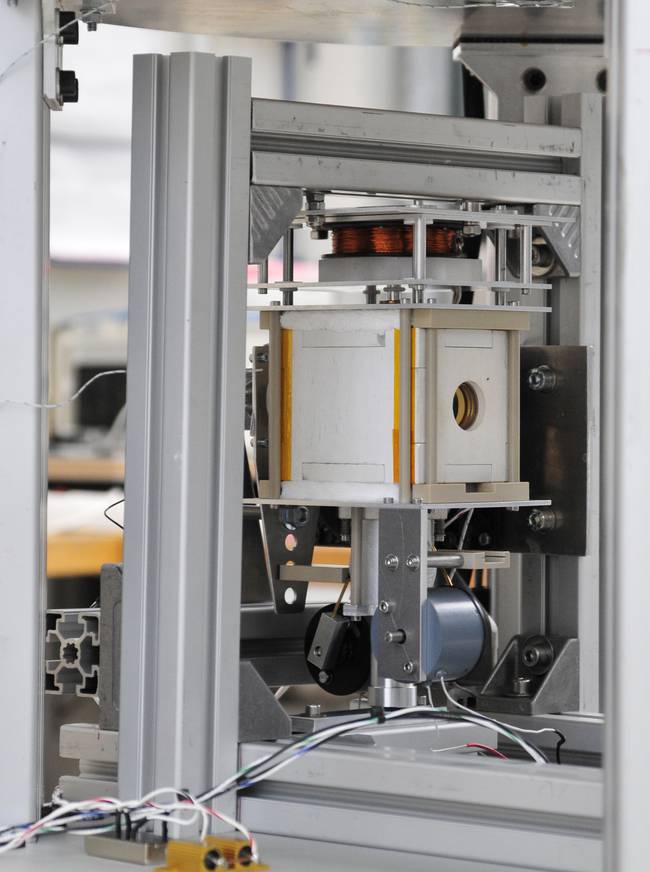
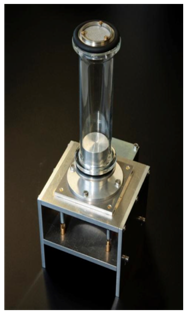
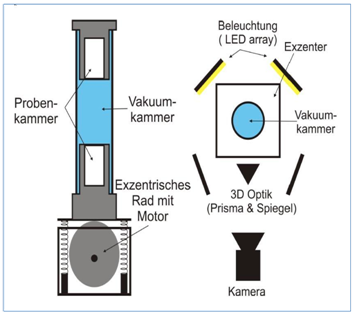
experiment campaigns
experiment year: 2016
number of catapult flights: 10
experiment year: 2015
number of catapult flights: 12
experiment year: 2011
number of catapult flights: 5
experiment year: 2010
number of catapult flights: 25


 "
"